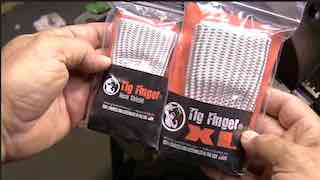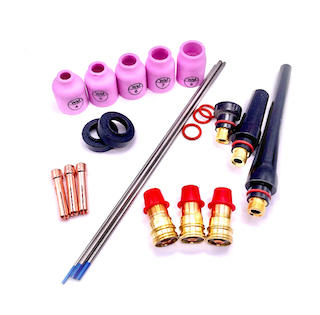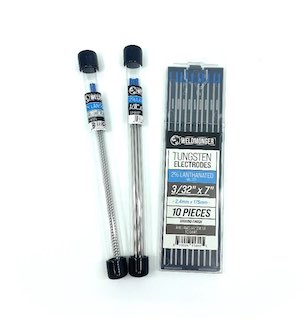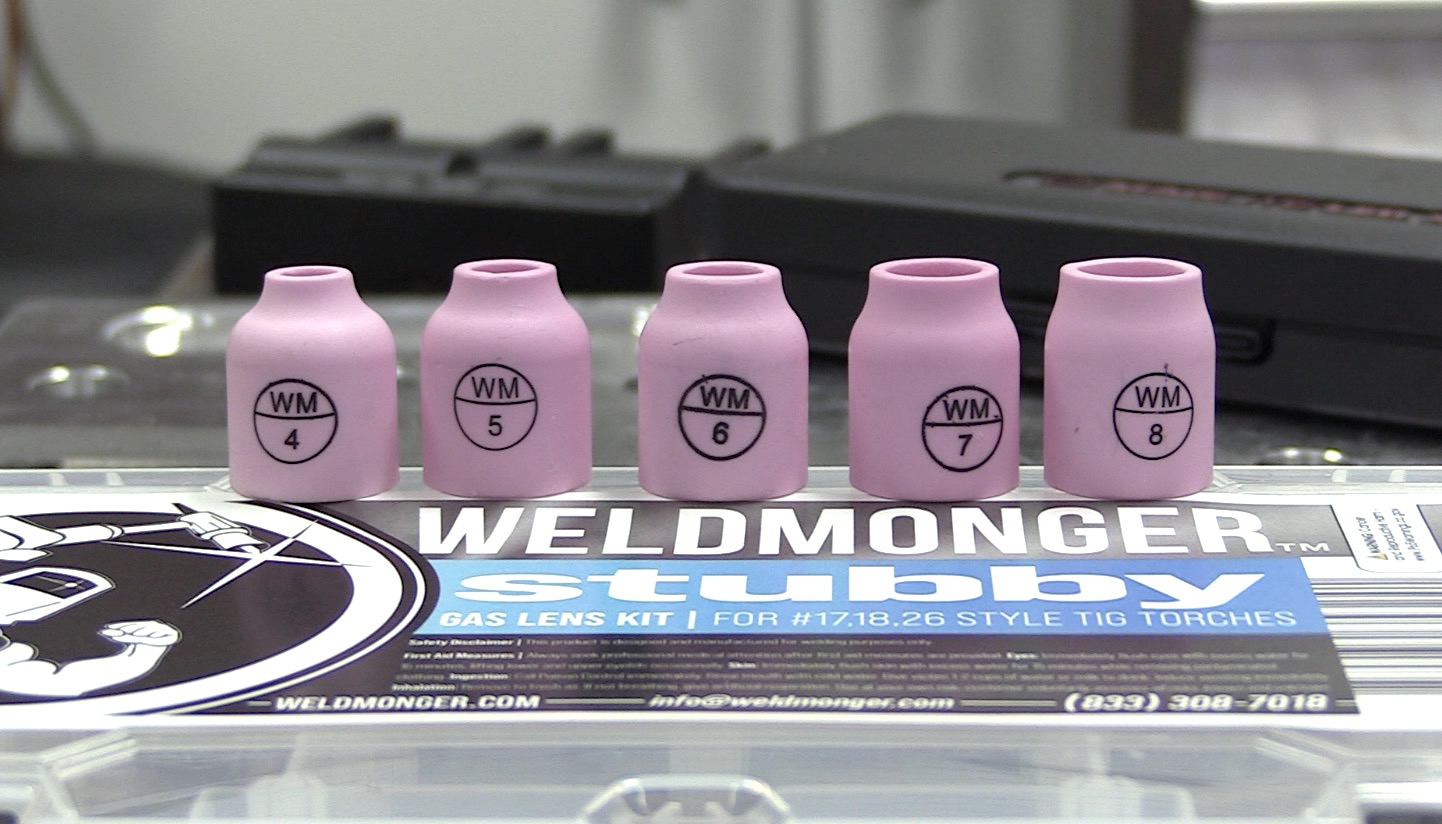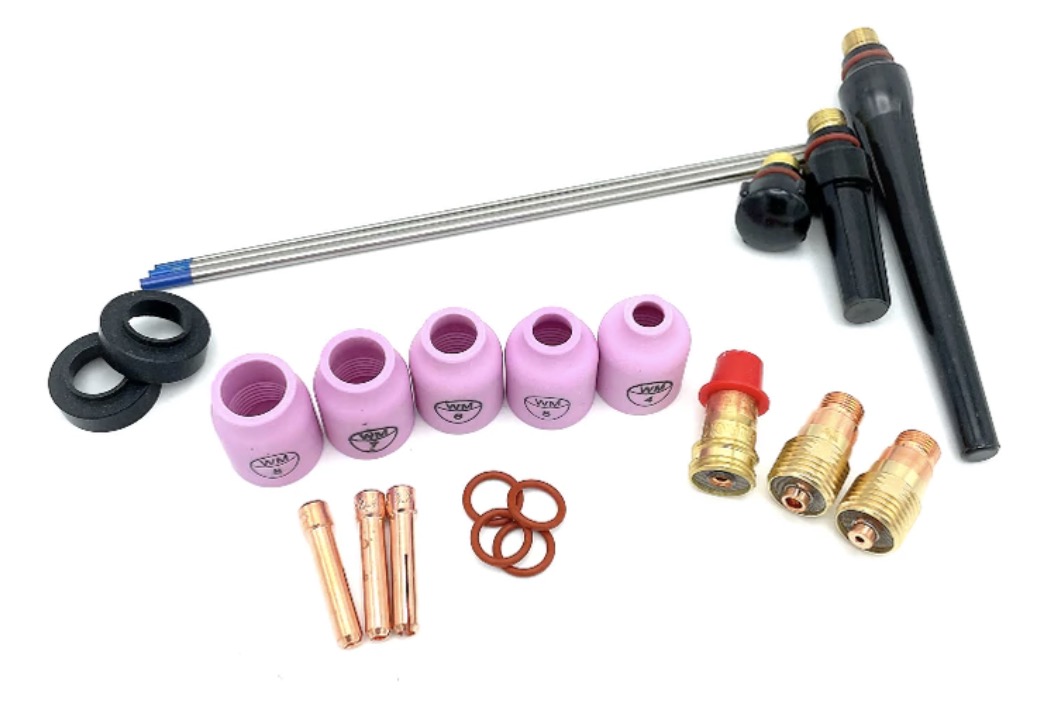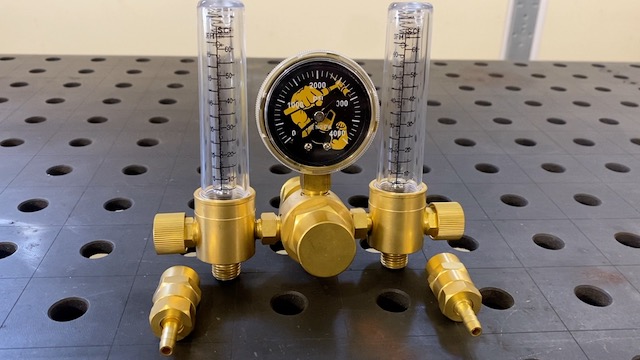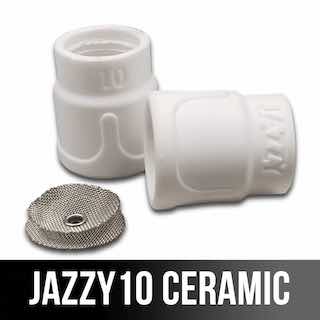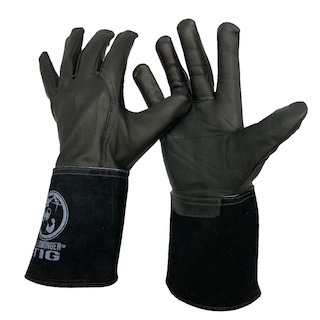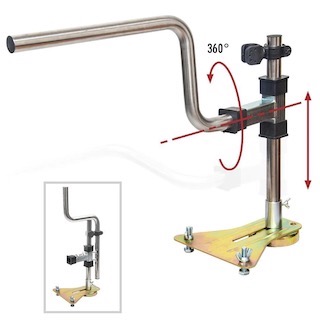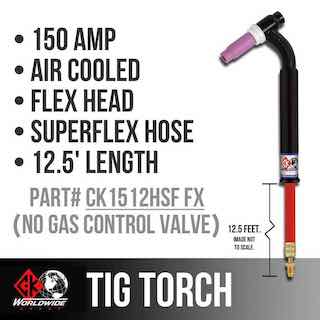Learn How to Learn How to TIG Weld
Learn How to Learn: Lessons from learning how to TIG Weld and learning how to play Golf
I have created a No BS TIG workbook for you to help you learn to TIG weld...and its free
Download your Free TIG workbook here
Download your Free TIG workbook here
Learning any new skill can feel daunting at first.
Whether you’re striking your first arc on a piece of carbon steel or stepping up to a tee box with a driver in hand, the process is rarely about instant mastery.
Instead, it’s about learning how to learn.
TIG welding and golf may seem worlds apart, but the way you progress in each discipline reveals some surprising similarities.
Repetition vs Iteration with intention: The Secret Sauce in Progress
Swinging a golf club 1000 times might be good excercise but it won’t necessarily improve your swing
But 1000 swings done under the watchful eye of an instructor who provides feedback while you make constant adjustments with each new swing will almost certainly improve your swing. (Unless your name is Charles Barkley)
When it comes to learning to TIG weld, there is no substitute for time under the hood.
Airplane pilots call it “seat time”. But there is more to it than simply running repetitive beads.
Welding 1000 beads mindlessly is simply 1000 repetitions.
Welding 1000 beads with intention, with each bead being analyzed, critiqued, with adjustments made on the next bead, is 1000 iterations.
The latter is the special sauce that speeds up the learning process.
The secret to “learning how to learn” is to turn your reps into Iterations.
When you’re first learning TIG welding, your beads probably don’t look anything like the smooth, stacked-dime patterns you admire online. They’re lumpy, inconsistent, maybe even peppered with contamination. The same goes for golf: your first swings are likely awkward, with slices and hooks dominating the round.
But in both cases, progress doesn’t come from big leaps—progress comes from iterations.
- In welding, each bead you run gives you feedback. Maybe you need a little more heat, or a steadier travel speed, or better filler timing.
- In golf, each swing gives you clues about your grip, stance, or tempo.
Over time, the small corrections you make compound, and the results improve. What was once a shaky arc becomes a crisp bead, and what was once a wild slice becomes a controlled drive down the fairway.
The Swing and the Bead
The core mechanics of both golf and TIG welding are deceptively simple—but extremely sensitive to detail.
- Golf Swing: A golf swing is essentially the rotation of your body delivering energy into a ball. But tiny variables—angle of the clubface, wrist position, or head movement—can make or break the shot.
- TIG Bead: A TIG bead is just the controlled melting of metal with a torch, adding filler as needed. But small deviations—arc length, torch angle, or filler dip timing—create big differences in bead quality.
In both cases, the margin for error is pretty thin. A slight adjustment in mechanics can take you from frustration to consistency. And the more you practice with intention, the more natural these micro-adjustments become.
Tools of the Trade: How Golf Clubs and TIG Cups relate
Another parallel lies in the tools each craftsperson uses.
- Golf Clubs: A golfer could technically play a round with just a 7-iron and a putter. You can get around the course, but you won’t have the precision or versatility to adapt to every situation. Serious golfers invest in a full set of clubs—drivers, wedges, long irons, hybrids—because each one is optimized for specific shots.
- TIG Cups: A welder could technically get by with a standard #7 cup and a couple of tungstens. But seasoned welders know the value of having options: gas lens cups, large-diameter flood cups, clear cups, and specialty nozzles. These allow for cleaner gas coverage, tighter joint access, or even better visibility in tricky situations.
Just as a golfer reaches for a sand wedge when faced with a tricky bunker shot, a TIG welder may switch to a large gas lens cup when welding stainless in a tight angle joint. You can make do with less, but having the right tool for the job makes for better results.
Learning How to Learn
The real takeaway is this: both TIG welding and golf require not just repetition, but informed repetition. That means paying attention to feedback, making intentional adjustments, and understanding that mastery is built one iteration at a time.
- A golfer doesn’t just hit 100 balls the same way; they notice ball flight, stance, and swing path, then tweak accordingly.
- A welder doesn’t just run beads blindly; they watch how the puddle reacts while welding, analyze the finished bead, and make adjustments to refine their technique.
Learning how to learn—through iteration, observation, and adjustment—is the shared foundation. It’s what takes you from frustration to fluency, whether you’re holding a TIG torch or a driver.
Final Thought
If you’re new to TIG welding, think of it like picking up golf. Expect your first “swings” to be rough. Embrace the process of iteration, pay attention to the small details, and don’t be afraid to expand your toolbox when you’re ready. Over time, your beads will smooth out—not because of luck, but because you learned how to learn.
I have created a No BS TIG workbook for you to help you learn to TIG weld...and its free
Download your Free TIG workbook here
Download your Free TIG workbook here





